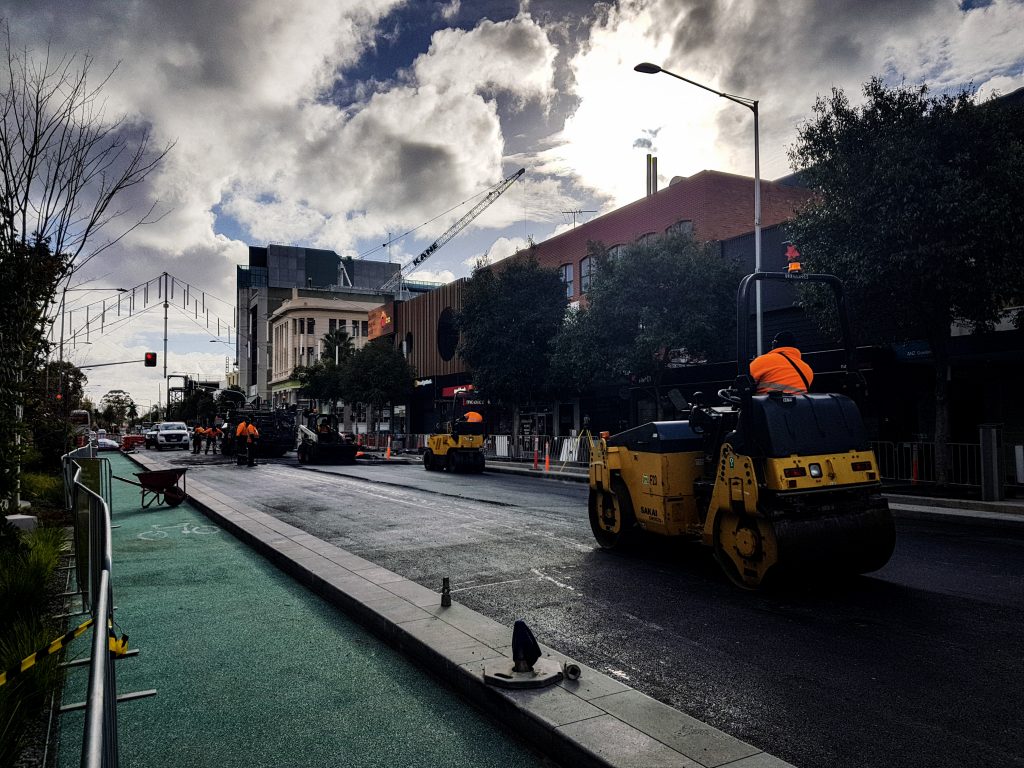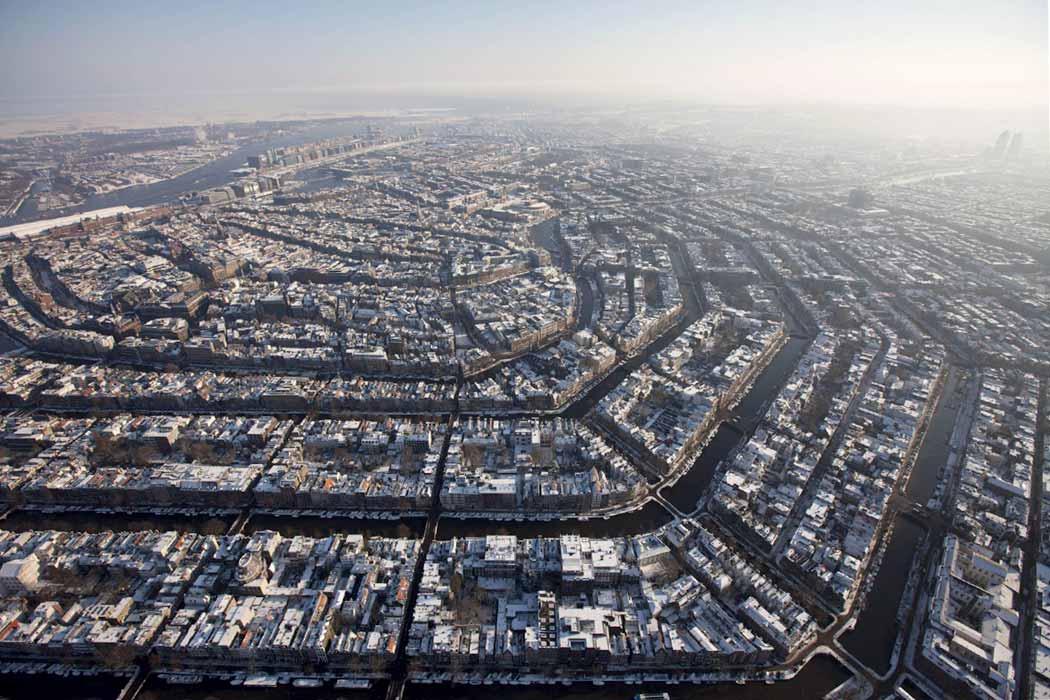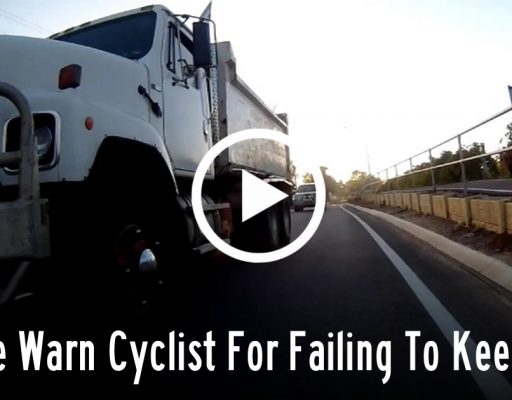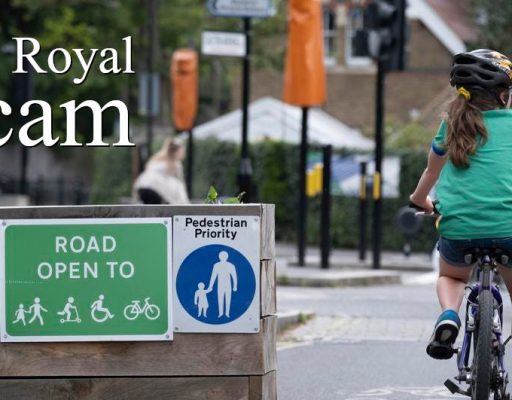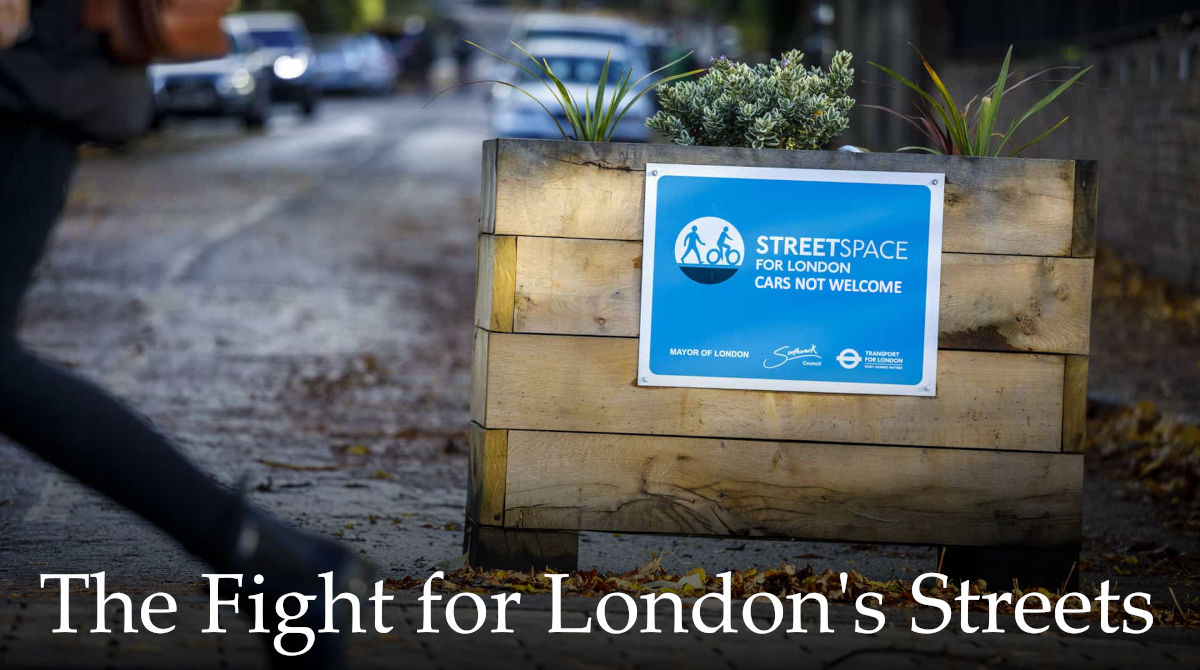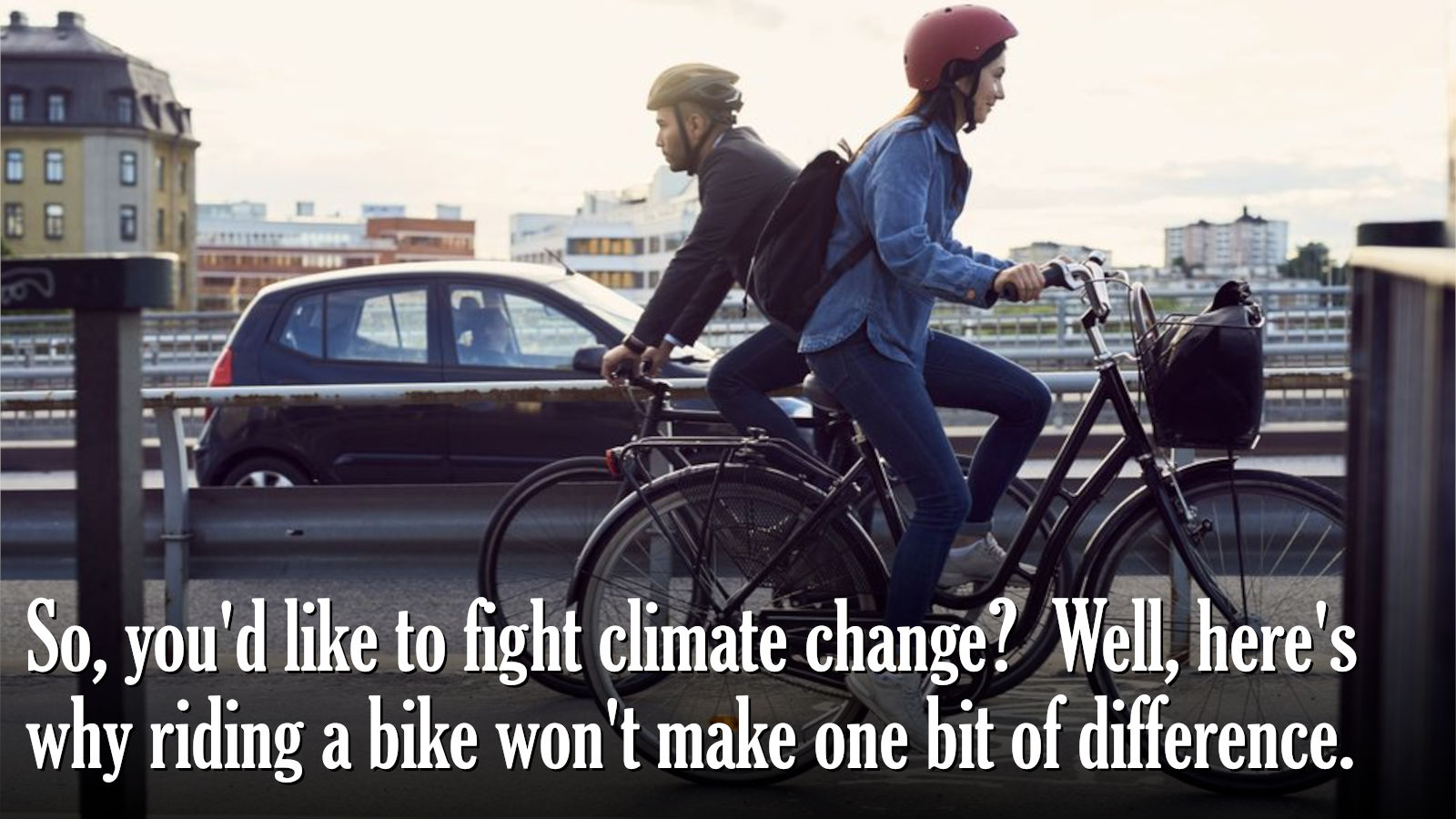Goodbye Bike Lanes. Australian cyclists are outraged today with a decision by Geelong City Council to rip up bike lanes in the centre of town, but the bottom line is cyclists brought the problem on themselves. Back in 2018 Geelong City Council did everything possible to make cyclists happy. They tore up a road in the centre of the city, and they built separate bike lanes which were formerly used by motor vehicles – LOTS of motor vehicles. Cyclists cheered a symbolic victory over their enemy, the evil automobile. Two years later, nobody was using them.
Welcome to the Royal Scam. To paraphrase Winston Churchill, never before have so few owed so much to so many. Perhaps some background is in order however. In case you didn’t get the memo, if you’re a cyclist everything is better in The Netherlands apparently. In The Netherlands, 35% of adults ride a bike to work. This is where the scam starts. Cyclists believe they can cherry pick the best parts about cycling in The Netherlands without paying the price that comes with it.
Which brings us to “cycling super highway”. I love slogans, don’t you? You may have heard this latest slogan which is getting bandied about everywhere? For now, all you need to know is cycling advocates in Australia and North America are currently peddling one of the great scams of all time. They’re claiming cycling can solve our congestion problems. They’re claiming “if we build it they will come.” Traffic planners are finding out the hard way just how untrue that claim really is.
What cyclists fail to mention is only one percent of adults ride a bike to work in Australia and North America. Even after billions have been spent on bike lanes in London, that figure is still only 3%. Hence, it's all the working adults who DON'T ride a bike to work who will ultimately fund an asset which most of them will never use.
Geoff Baird, Single File Please
The Geelong bike lanes are a near perfect example of "it seemed like a good idea at the time." Malop Street was previously a busy downtown street. The bandwidth it serviced was replaced by unused cycling infrastructure.
It cost $8M dollars to build those bike lanes. And yet they were just two hundred meters long. Less than 2 years later it was time to rip them up and say “Goodbye Bike Lanes”. Think about that for a moment. We’re talking $40M per kilometre. That’s how much it costs nowadays to build a world class separate road system for cyclists. They say it’s easy to spend money when it’s not yours, and that really is the crux of the matter when it comes to building the “cycling superhighway”.
Seriously? Just who is going to pay for it?
The reality is cyclists in Australia and North America are actually very small in number. For example, the 2016 Australian Census shows a total of 14.8 million Australians went to work that day, but only a tiny 107,000 rode a bike to work. Those figures are much the same in relative terms in Canada and the United States.
Cyclists know that a separate road system for bicycles in every major city is going to be expensive. After all, if it costs $8M to redesign 200 meters of downtown street with separate cycling infrastructure, well you can do the maths. So, how they’re selling the idea is they’re claiming it will solve the congestion crisis. But what they fail to mention is only a tiny percentage of adults ride a bike to work. Hence, it’s all the taxpayers who DON’T ride a bike to work who will actually fund the “cycling superhighway”.
When cyclists talk up “the cycling superhighway” they always leave out the fine print. Roads can’t magically grow in size the more you use them. To make room for cycling infrastructure, invariably the choice is either forced reclamation of roadside buildings or (a) we sacrifice parking lanes or (b) we sacrifice existing traffic lanes. And this is where things get dicey. If new bike lanes then go empty like they did in Geelong? Motorists become livid, and with good reason.
Geelong’s Malop Street was formerly a busy main road through the centre of town with large population movements in either direction. That’s what roads do. They move people and cargo. The problem is, when Council ripped up Malop Street and put in expensive cycling infrastructure, they introduced congestion issues which previously didn’t exist. When Councillors eventually noticed how little the bike lanes were being used, it was a no brainer to revert Malop Street back to how it was.
Now in fairness, there’s no shame in conceding traffic congestion is real. No one’s denying that. After all, Australian and North American cities adhere to the classic spoke and hub pattern where the majority of people live in the suburbs and the majority of commerce exists towards a city’s center. Most people in Australia and North America love their space. They love their back yards and swimming pools and barbecue areas.
If people are coming from the outskirts inwards each day, obviously congestion is inevitable the closer you get to the center. Cyclists lack that sort of logic sadly. Cyclists love logical fallacies instead. For example, they absolutely adore photos of crowded traffic jams in peak hour. They love to point at all the cars and then they proclaim in their most condescending tones, “See? There’s your proof cars are evil! We can get rid of that congestion if you let us redesign our cities!”
When cyclists hold up photos of traffic jams as their prima facie evidence, what they fail to understand is all those people are coming from a long distance away. They’re coming from the outskirts inwards. Cyclists will tell you that’s a sin, a massive design flaw. But it isn’t. It’s the way our cities are designed so that we can maximise our quality of life when we aren’t at work. Cyclists on the other hand think living in high density tenement housing and taking public transport everywhere is an excellent way to live. They’re convinced that’s the way everyone else should live too, even if they don’t want to. Why? Because that’s how the Dutch live.
In case you didn't know, THIS is how the Dutch live. 30% of Dutch households don't own a car. Do you know why? There's nowhere to park, even in front of your home.
Cyclists love the Netherlands Myth. You could say they’re obsessed with it. The Netherlands Myth says everything which is good about cycling in The Netherlands can be replicated anywhere on the planet. But there’s a hitch. For the Netherlands Myth to work, first you have to create population centers which are excruciatingly dense; next you have to build train systems which can carry at least 40% of the population to and from work; and finally you have to make car ownership so expensive and so impractical people eventually choose to use bicycles instead.
Cyclists are quick to scoff at the “toxic car culture” which they say defines life in Australia, Canada, and the USA. However, in Australia and North America the road system IS the mass transit system. It was the cheapest and most efficient way to connect our cities and regional towns during the early days of nation building. The “car culture“ which cyclists are so quick to denigrate is precisely the ingredient which allows so many of us to enjoy the wide open spacious lifestyles that we enjoy.
Most reasonable people in Australia and North America look at The Netherlands and think “Thanks but no thanks. That’s not the way I want to live.” Most reasonable people like space, and lots of it. They like suburban houses with trees and plenty of quiet suburban streets, and you don’t get that in Holland.
Perhaps the biggest lie of all regarding the 'cycling super highway' is the issue of heat. Aka, the built in ceiling.
Cyclists will tell you all day long, “Did you know 35% of Dutch adults ride a bike to work? We can do that here!” Well, quite frankly they’re full of it. If you live in the sub tropical heat of Florida, or perhaps the burning dry sun of Texas, or basically anywhere at all in Australia, you’d be well aware what it’s like to ride a bike to work in your office clothes in summer. It’s a disaster. As soon as we start riding a bike our core temperature goes up. After all, we’re doing physical work. That’s why we sweat – we need to modulate our core body temperature or bad things start to happen.
In Australia for at least 8 months of the year, if you ride a bike to work you’re going to have quite sweaty clothes by the time you arrive, especially if you have to ride more than 10km. In a lot of places in the USA that also holds true for at least 6 months of the year. So hard core cyclists wear a change of clothes in back packs. When they arrive at work they get changed and give themselves a wash down and then they put office clothes on. When it’s time to go home they put their sweaty bike clothes on again. Ask yourself honestly, is that a lifestyle which appeals to you? Having to prepare your back pack each morning, then sweating like crazy the whole way into work?
Quite frankly, cycling advocates are deluding themselves. “Ride To Work” participation rates in Australia and North America will never EVER go above 3% of the work force, no matter how much money we spend on bike lanes or dedicated cycling road systems. Our suburbs are where the vast majority of households exist, and the biggest deal breaker of all is the climate. The Dutch are able “ride to work” in office clothes 12 months of the year without sweating. It helps too The Netherlands is dead flat and tiny. Whereas in Australia and North America we have hills, we have long distances, and we often have insanely humid heat.
Cyclists aren’t listening of course. They’ve already drunk the Kool Aid. Everything is better in The Netherlands. And if you dare disagree? You’re a hater.

